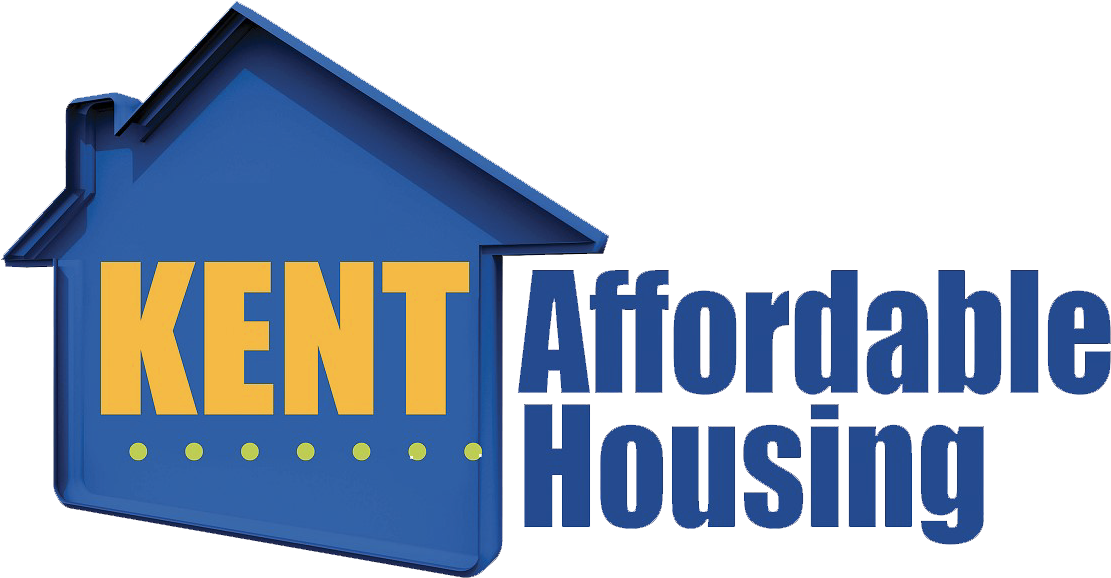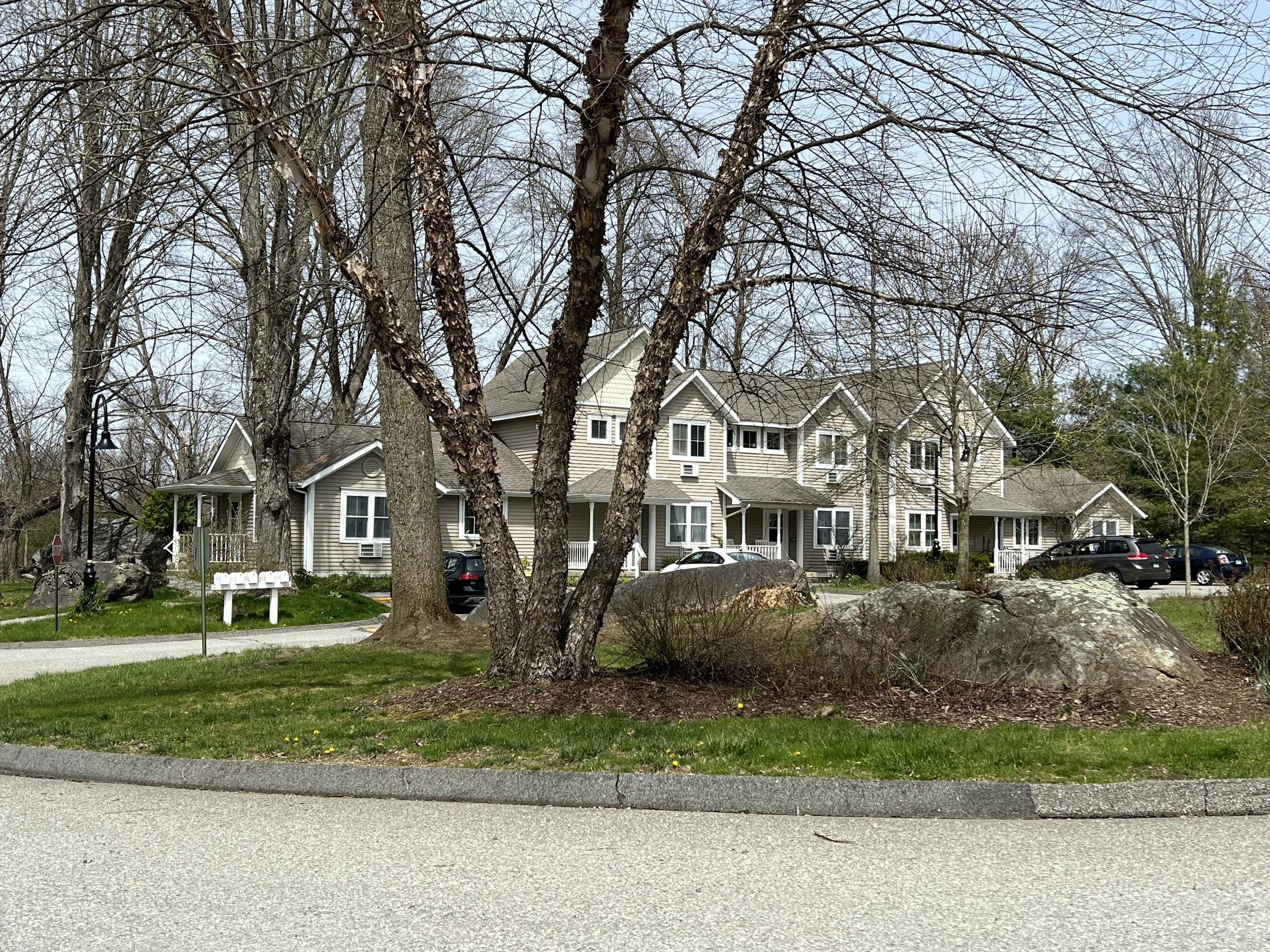UNDERSTANDING AFFORDABLE HOUSING
In recent years the need for affordable housing has become well publicized. Each town in Connecticut has been mandated to have an Affordable Housing Plan by mid-2022. Here are some notes that may clarify the issues and show the positive role of affordable housing in our community:
What is Affordable Housing?
The term affordable housing refers to living spaces that cost no more than 30% of household income for rent or mortgage, as well as taxes, utilities and insurance. Today 18 million households spend more than half their income on housing
Publicly funded affordable housing is deed restricted and must follow those income guidelines for 15 or more years.
The need for affordable housing is growing.
Renters paying more than 30% for housing are considered rent burdened. No US state has enough housing for low income people and there are an estimated 550,000 homeless in th US-that is people in shelters and sleeping rough.
Average rental rates for a modest 2 bedroom apartment in Litchfield County require an income of over $25 per hour.
How is affordable housing created?
Private nonprofit organizations and government agencies exist to sponsor such housing, usually through subsidies for acquisition and construction of properties that may be rented or bought by those with modest incomes.
Nationally many Section 8 program waitlists are closed due to the number of people who have applied.
Affordable Housing strengthens towns
Affordable housing helps towns by preserving their local workforce: teachers, medical personnel and other services. Since affordable housing requires existing employment or retirement income as part of application, these residents bring value to the town economy.
Owners and renters make commitments to the town as volunteers, and older citizens can remain in the town that is familiar to them.
Some affordable housing involves the rescue or improvement of distressed properties, and all such properties in Kent pay real estate taxes.
Affordable housing developments are usually small communities, where a sense of common loyalty and pride reinforces civic behavior and responsibility.
Affordable Housing mainly benefits local people
Typically--as is the case in Kent’s affordable housing--the first to apply and the first to qualify are residents of the same town or an adjacent town.
Most subsidized housing is available on a first-qualified, first accepted basis. Fair housing laws in the US prevent discrimination in all housing on the basis of previous residence, gender, age, race or disability.
Affordable housing residents are carefully screened
Residents who are accepted into affordable housing have been more carefully screened for income, references and credit checks than people who obtain market-rate houses or apartments.
There are mechanisms for removing trouble-makers, as well as rules that prevent people from being evicted without due process.
Local schools and social services can accommodate affordable housing residents
Families with children use the local public schools, and that can be a plus when it offsets declining enrollment in Connecticut towns.
Affordable housing in Kent includes families, singles, retirees and the disabled.
Those who benefit from Kent’s social services, food bank and community fund are distributed across the town, not just in affordable housing.
Regulations prevent people from taking unfair advantage of affordable housing
Rental residence is restricted to the qualified leaseholders, and premises cannot be further shared or sublet.
Resident incomes must be verified annually.
Ownership properties are only available to full-time occupants; and deed restrictions limit the profit to be made in future sales.
Financing for affordable housing comes from many sources
Subsidies for affordable housing come from dedicated state and federal funds, corporate tax credits, transfer fees for real estate transactions, and charitable donations.
It is noteworthy that market rate housing is also subsidized by the US tax structure through deductions for mortgage interest and real estate taxes. Since 2017, these deductions have been limited, but only for higher-end properties.

